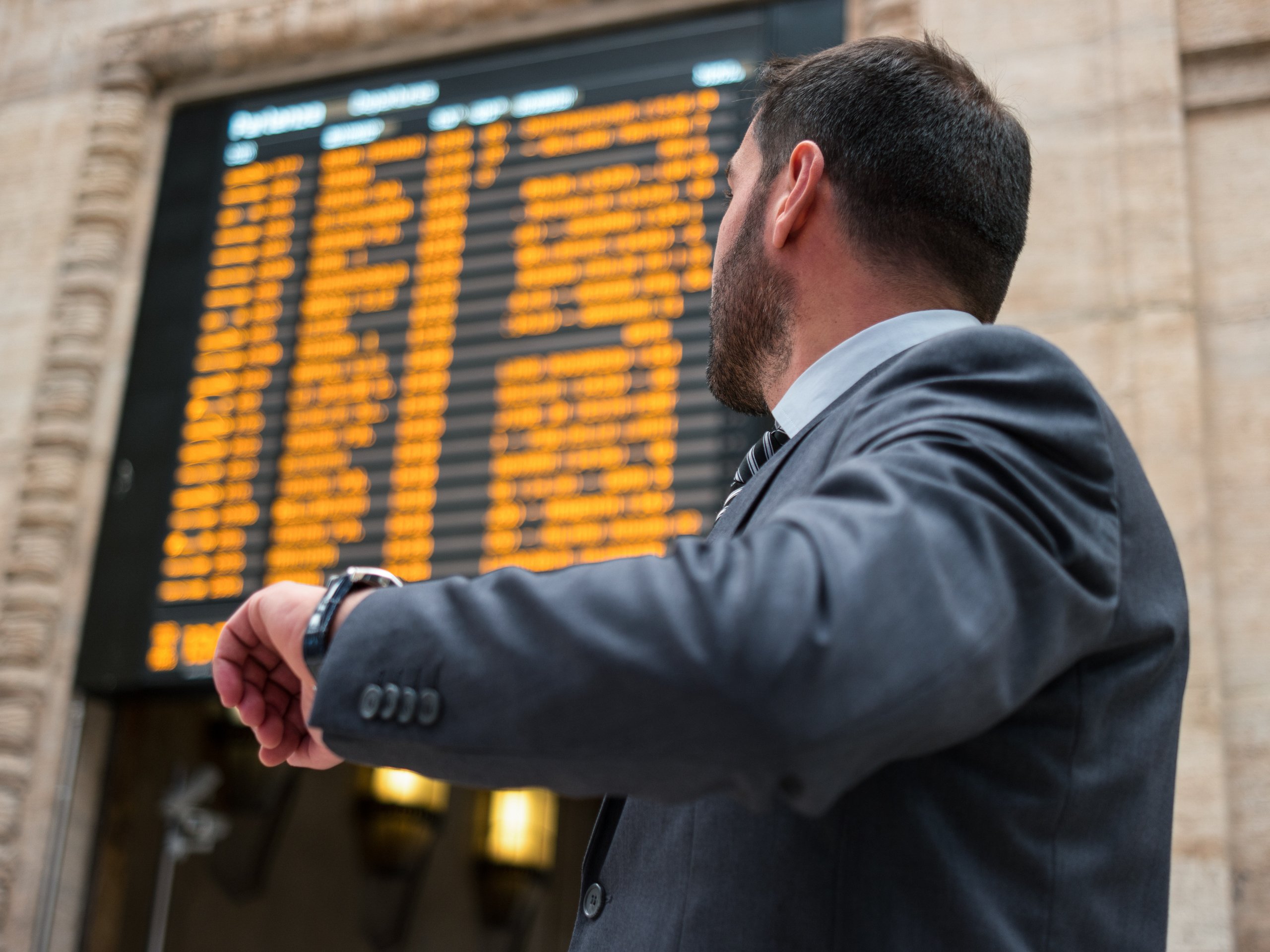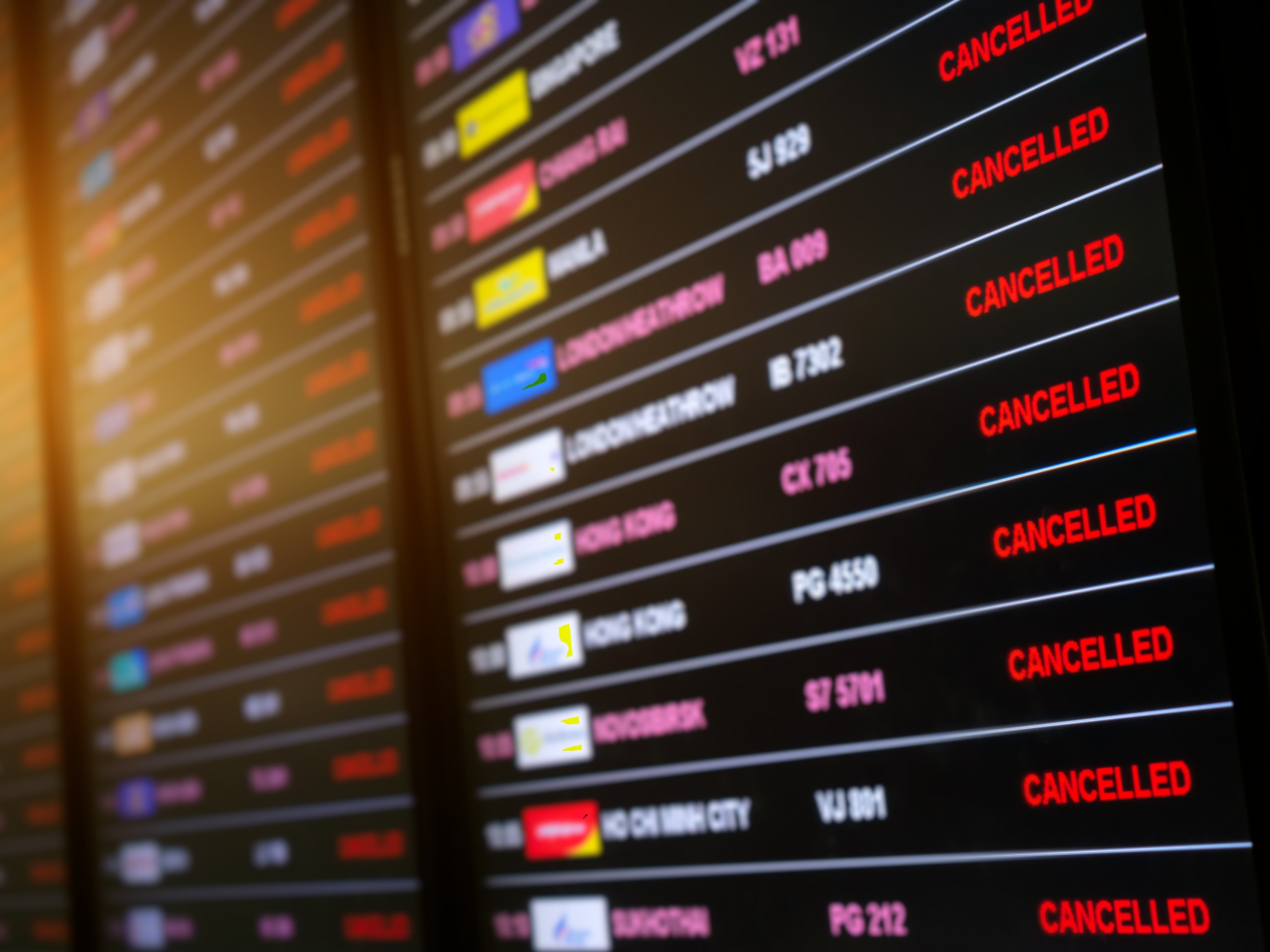Lift offers unparalleled experience in the micro simulation of complex networks, with over 50 projects concerning also some of the most complex stations, nodes and corridors in Europe and other continents.
In railway engineering, Lift activities are focused on operations (a central issue in railway transport planning and design) which are the result of a complex interaction among infrastructural features, signalling, rolling stock and timetable. This interaction is further complicated by a number of human factors, other unpredictable phenomena and stochastic disturbances.
In particular Lift performs:
Lift offers unparalleled experience in the micro simulation of complex networks, with over 50 projects concerning also some of the most complex stations, nodes and corridors in Europe and other continents.

The required objectives in terms of capacity and travel times can be reached through several combinations of infrastructure and signaling design (investments), services (timetable) and rolling stock.
Long-term large investments may be realized using a step-by-step approach, solving bottlenecks and avoiding un useful expenses.
This approach allows to both gain benefits also in short and medium term and to minimize the risks related to traffic forecasts.
A well-designed network allows forecasted traffic to flow with minimum perturbation, avoiding unnecessary construction in order to minimize costs.
Lift supports planners with the highest involvement at different design scales: from the long-term functional design of large projects to gradual improvement plans to increase capacity and small, punctual interventions that allow operating a higher number of services.
When an existing line or network needs to be improved, Lift suggests, defines the requirements and tests the interventions, comparing the performances of multiple scenarios to operate the forecasted number of services. The methods specifically developed at Lift consider the trade-off between capacity and service reliability in long-term planning, so as to estimate requirements with high precision. The result is a very effective investment.
Selected References:
Milan Expo 2015
Algeria
Belgrade – Bar (Serbia)
Bioceanico Aconcagua

The timetable is the core of railway operations. It best exploits the infrastructure while offering the best possible service to customers. The timetable integrates the potential of the network and the performances of the rolling stock with passenger expectation of frequent, fast and punctual services. A careful timetable planning process allows to increase the number of services and their reliability considering the requirements of the different services. Using a unique mix of conventional and advanced techniques developed in-house and awarded internationally, Lift leads the way towards optimal timetables. From South America to Norway, Lift planned timetables on urban, high-speed and mixed-traffic lines, with poor traffic or in saturated conditions, with a special focus on large, complex nodes.
Selected References:
Rome
Algeria
Corridor X (Croatia)
Belgrade – Bar (Serbia)
Brenner
Sardinia
Santiago

Punctuality has become fundamental for all stakeholders involved in railway operations, since delays lead to higher costs and lower customer satisfaction. Through advanced stochastic microsimulation, our innovative approach reproduces real traffic with the highest detail considering multiple operating days.
For instance, different delay scenarios can be defined to evaluate how the perturbation on one branch line impacts on the others in a complex node. This powerful and innovative method has been applied to large and complex networks, such as the lines and nodes between Milan and Bologna in Italy, supporting planners in multiple tasks:
Selected Reference:
Italian High Speed

Infrastructure improvement works or major disruptions can limit the availability of railway lines and stations for long periods. If the regular timetable would be operated in such conditions, it would lead to major delays. At the same time, any reduction in the number of provided services causes a loss in railway attractiveness with respect to the other transport means.
At Lift, maximizing services while maintaining high punctuality levels is a constant focus. A long experience in a variety of contexts drives the development of innovative, quantitative approaches that support the delivery of effective temporary timetables.
The use of advanced simulation techniques allows to compare different alternatives, define possible timetable changes or request slight variations of work-related restrictions, with the aim of maximizing punctuality.
Selected Reference:
Rome